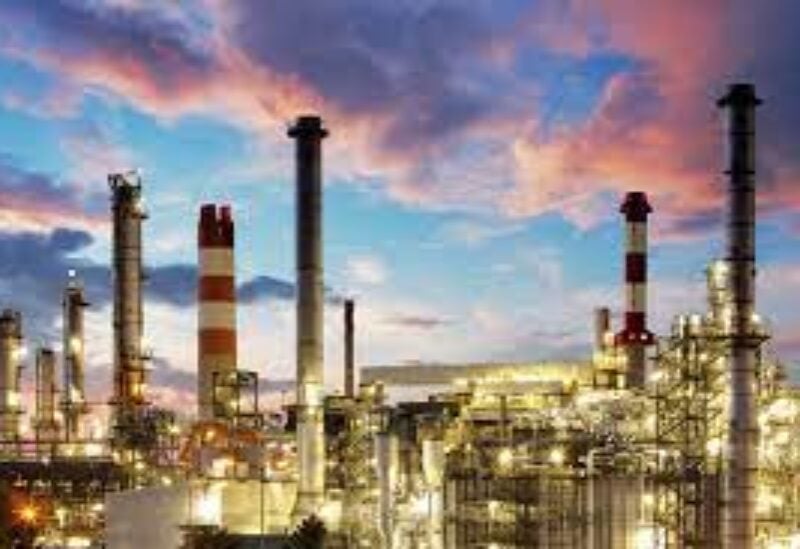
Oil refinery
Higher oil prices, an expected global economic rebound and growing oil demand are set to lower the fiscal breakeven price of major Middle East producers, according to the International Monetary Fund.
The fiscal breakeven price is defined as the oil price needed to balance the budgets of oil-exporting countries.
As oil prices declined and fields matured in several Middle East countries, raising production costs, the breakeven price for several producers increased.
However, with oil prices rising this year owing to better growth prospects for the world economy, breakeven prices for resource-based economies in the Middle East appear to be narrowing.
The IMF raised its global economic outlook to 6 per cent from and earlier 5.5 per cent forecast, as a result of quicker Covid-19 vaccination campaigns and fiscal and monetary support provided by governments and central banks.
For Saudi Arabia, the biggest oil exporter in the world and the Middle East, the breakeven price is set to decline by 15.6 per cent from a year ago to $65.70 a barrel in 2022, according to the fund.
Saudi Arabia’s fiscal breakeven price, which was $77.90 a barrel in 2020, is expected to decline marginally to $76.20 this year. The price has been steadily falling since 2018, when it was $88.60 a barrel.
The fiscal breakeven price of Iraq, Opec’s second-largest producer, has increased steadily since 2018, when it was $45.40 a barrel.
This is due to higher spending, particularly to maintain a bloated public sector over the past couple of years, and a fiscal crisis last year that exhausted the country’s domestic borrowing capacity.
Last year, Baghdad had a fiscal breakeven of $63.70, which is expected to hit $71.30 this year before falling to $66.10 in 2022.
Iran, one of the most populous nations in West Asia, has been squeezed by US sanctions and hit hard by Covid-19, resulting in the worst death toll in the Middle East.
Higher fuel prices and the impact of the pandemic on the global economy have exacerbated its financial crisis.
Iran needed oil prices to average $304.30 a barrel to break even fiscally in 2020. Its numbers are expected improve relatively in 2021 to $242.80 a barrel. However, its breakeven price is expected to rise to $259.20 in 2022.
Libya, the second-biggest producer of crude in North Africa, is one of the lowest-cost producers in the region.
Known for its light, sweet grade of oil, the country faced severe setbacks in terms of exporting oil due to a blockade that lasted about a year.